Final ZE8000
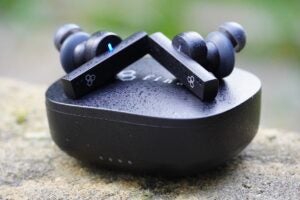
The Final ZE8000 true wireless boasts a very fine, neutral-sounding performance with music, but the noise-cancelling disappoints, the battery life is below par and issues with comfort derail these expensive wireless earbuds.
Pros
- Clear, detailed, neutral presentation
- Useful companion app
- Excellent wireless performance
Cons
- Disappointing battery life
- Even more disappointing noise-cancellation
- Comfort issues
- Average call quality
Availability
- UKRRP: £299
- USARRP: $349
- EuropeRRP: €329
- CanadaTBC
- AustraliaTBC
Key Features
- 8K SoundUses digital signal processing to upscale quality of music
- Noise-cancellationSupports four different noise-cancelling and transparency modes
- BluetoothBluetooth support up to aptX Adaptive
Introduction
Japanese audio brand Final has garnered a reputation for uncompromising, high-quality wired headphones, but recently it has changed tack, launching products towards the more affordable end of the market.
These new products have also embraced Bluetooth and this site has enjoyed both the ZE3000 and UX3000, so it’s with expectation that we look at the Final ZE8000 to continue the run.
The Final ZE8000 diverges from the template in that it jumps up several price brackets to challenge the likes of Sony and Bose, featuring noise-cancellation, and a few interesting wrinkles in its app to present an audiophile-like experience. Is the flagship ZE8000 the apex of Final’s labours in the wireless realm, or has it bitten off more than it can chew? Here are my thoughts.
Design
- Not the most comfortable design
- IPX4 rating
- Large charging case
The Final ZE8000 is like the Ultimate Ears Fits in that the design is one long stem with a “dedicated ear-fitting division” that slots into the ear. I presume it’s meant to be ergonomic in shape, but the protrusion is chunky looking, and I don’t feel it works as well as it should.
I’ve had problems trying to find a fit that works for my ear. Final supplies several ear-tips from extra small to extra-large which should cover the gamut of ear sizes, but medium and small sizes proved painful to wear, the hard surface around the ear-tips providing an uncomfortable point of contact, causing an ache after 20 minutes.
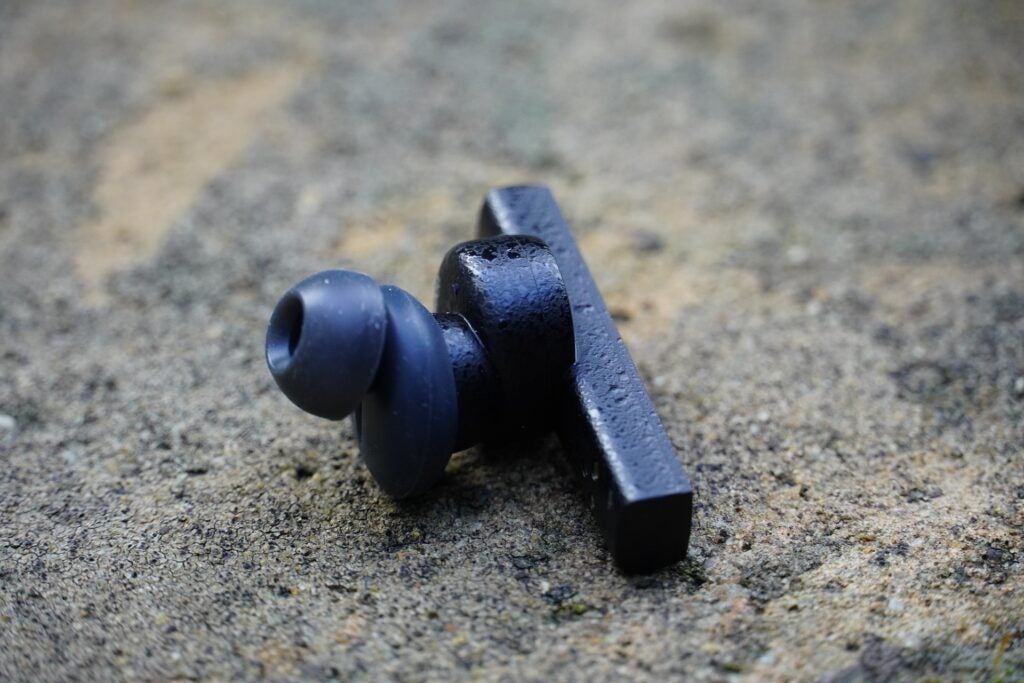
Extra small was better, but not good enough to isolate me from nearby sounds. After some trial and error, the large ear-tip offered the best mix of comfort and fit, but the seal wasn’t as tight as I wanted. The ZE8000’s fit has never felt snug and as a result their passive noise isolating skills are limited.
Touch controls are utilised and they’re fine in terms of response, though the control scheme could be easier to comprehend. These are a pair of earphones in which you’ll need to consult the manual to operate them – it’s more complicated than you might expect.
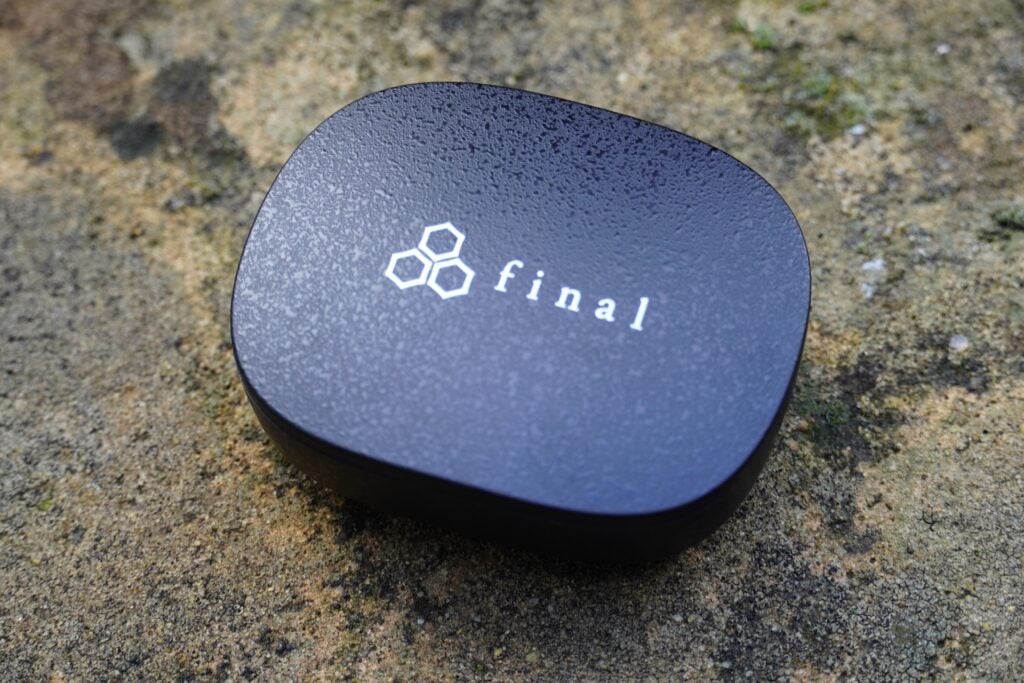
The charging case doesn’t speak much to portability. The earphones are large because of the long stem, and as a result, so is the case. It slips open like a tray, which is initially confounding if you’re expecting it to flip up. You could put it into a pocket but not a tight one – it’s too big for that.
The case shares the same aesthetic as the earphones with its textured Shibo coating. On its underside is an array of four LEDs on the bottom that show the case’s charge when opened. Black and white are the colour options and they’re rated IPX4 to guard against sweat and splashes of water.
Features
- Disappointing battery life
- Average call quality
- Excellent wireless connection
Final claims five hours of continuous use and 15 hours in total, which isn’t a lot. Overall, that’s less than the Bowers & Wilkins Pi7 S2 or the Apple AirPods Pro 2, to give an example of two other true wireless in similar price ballpark.
With real-world use, an hour’s streaming of Spotify caused the earphones to drop a huge 28%. That was with noise-cancelling and the 8K Sound feature on, and another attempt with the 8K feature off brought the same result. At 50% volume you’re likely to get around four hours per charge, which is disappointing given there are cheaper true wireless like the Onesonic MXS-HD1 that easily outmatch the Final ZE8000. Fast charging is included with five minutes providing 45 more, which again sounds a little low.
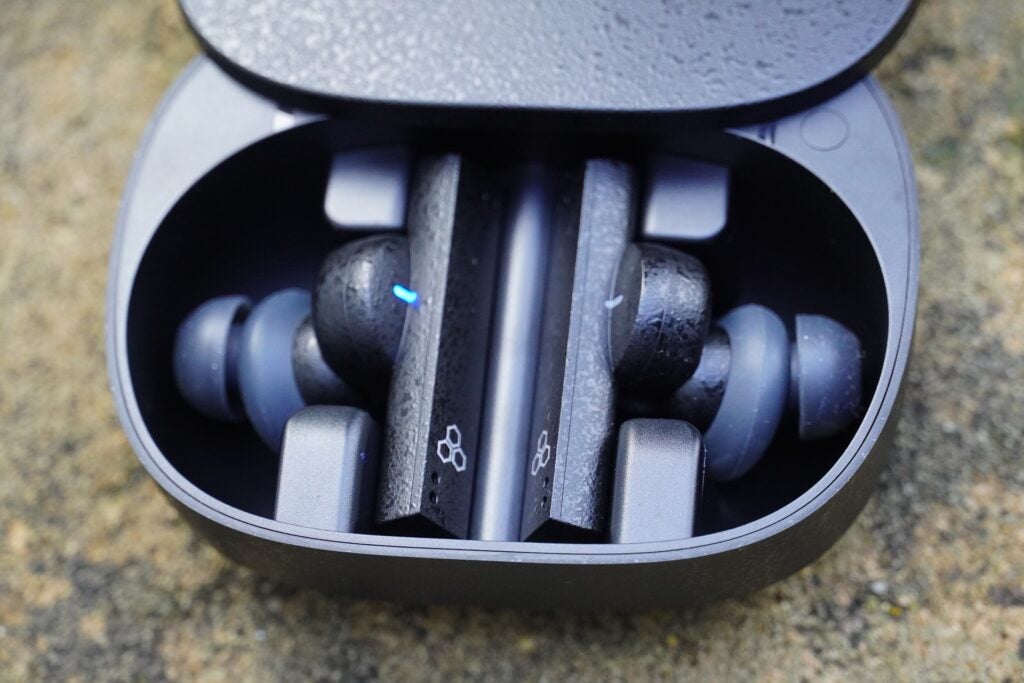
Much better is the Final ZE8000’s Bluetooth connection. It’s been rock solid while I’ve walked multiple times through London Waterloo, Blackfriars, and Victoria train stations. I’ve barely even thought about the wireless connection, which is a sign of how good it has been. Bluetooth codecs from SBC to aptX Adaptive are supported, though the aptX variations are only available on Android devices.
If you were to use these earphones for calls, I’d rate them as average. They let plenty of outside noise in during calls, so louder or windier environments can cause problems on both ends. Voice clarity was ok, but for the other person it was a battle to hear me against the sounds around me. In quiet areas the performance is fine, so these aren’t true wireless buds to use in noisy places.
Considering the £299 price, the expectation is the noise-cancelling can challenge the likes of the Sony WF-1000XM4, Bose QuietComfort Earbuds II and Sennheiser Momentum True Wireless 3 – all of which are cheaper. In reality the noise-cancelling is disappointing.
This is partly down to the lack of a good seal to suppress ambient noise levels, but in general, the Final’s application of noise-cancelling seems tame. It couldn’t remove much noise on the Victoria tube line, so the wind noise was ever present in-between stations to the point where music was drowned out. Even on a bus it struggled to remove the engine noise to make music the focus.
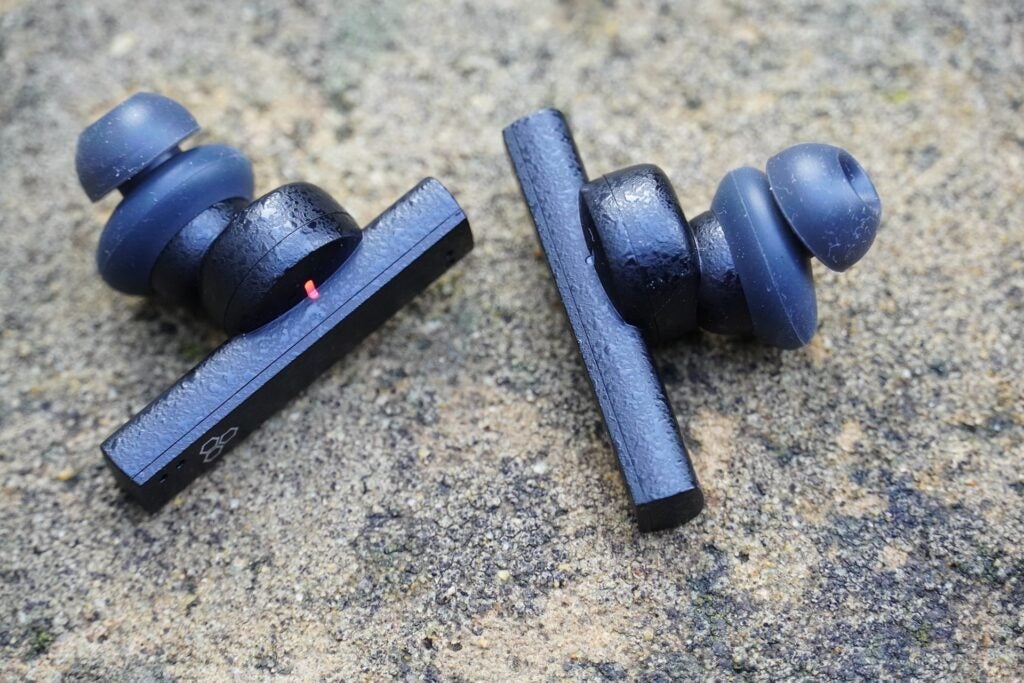
Walking in the King Cross station area and the Final ZE8000 produced a decent buffer against general ambient sounds – there was a reduction in total noise and voices of people nearby, but chatter from a larger group of people – who weren’t necessarily close – filtered through to my listening space. Walking through the station was a similar experience, as the general hubbub was reduced but not made noise-free. The volume needs to be pumped up, which feels antithetical to having noise-cancelling at this price. To add to that, the Final also struggles with taming wind noise, which distracts in blustery conditions.
The transparency mode is fine in that it amplifies immediate sounds clearly enough, though at louder volumes it can be harder to hear. Voice Through mode circumvents that issue by emphasising ambient sound and placing music in the background, while the Wind Cut mode effectively subdues the impact of wind noise (though noise-cancelling isn’t as strong). Switching through modes doesn’t alter the tone of music, which is a positive.
The Connect companion app has a few interesting traits. The 8K Sound is said to upgrade the DSP (digital signal processing) algorithm to a higher level for better sound. Think of it as an 8K TV upscaling a lower res signal to near 8K; or a closer comparison is Sony’s DSEE upscaling of low-res streams for its headphones.
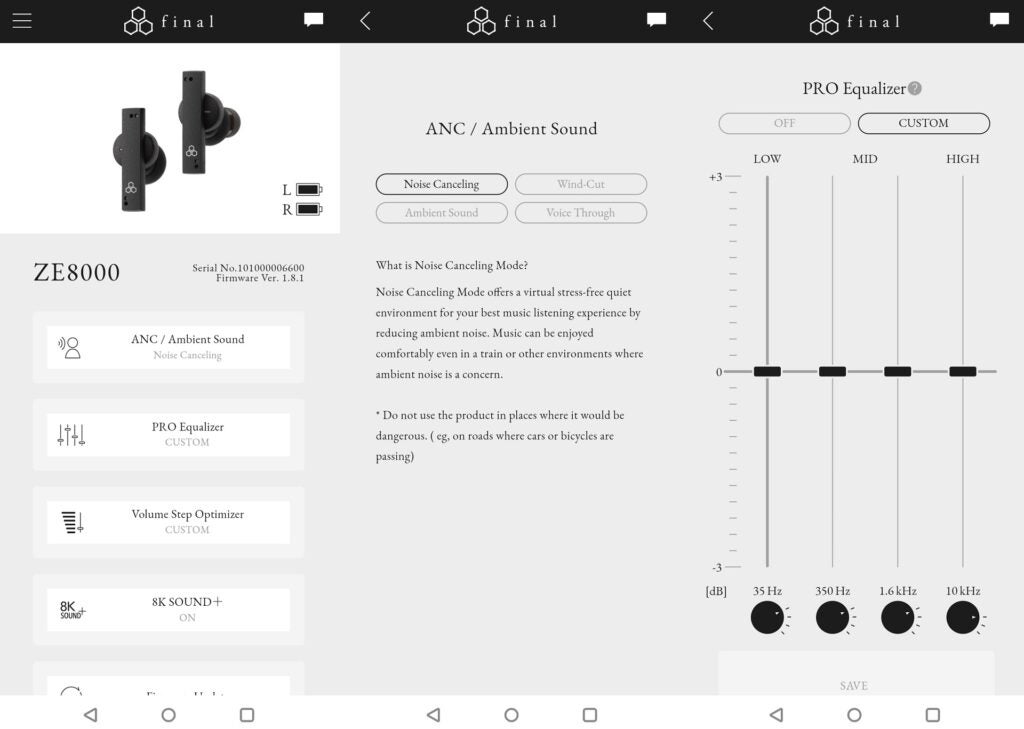
The Volume Step Optimizer allows for finer control over volume on a smartphone so you can make little steps rather than larger ones that might result in bigger variances. In practice I’ve found it more useful than expected.
The design of the Pro Equalizer function has been inspired by professional recording equipment, and like the Volume Step Optimizer it allows for finer control over the ZE8000’s playback. Tap the dial at the bottom and that changes the frequency response – for example ‘Low’ can go to 220Hz – and from there it can be tweaked by adjusting the gain from +3 to -3.
Other features include ambling through the noise-cancelling modes, performing firmware updates, and viewing battery life – although the app doesn’t bother with percentages, just a graphic illustration of remaining charge. It’s an app with helpful descriptions and has become more responsive with time as initially there was lag toggling features on and off.
Sound Quality
- Neutral approach to music
- Impressive clarity and detail levels
- A little short of weight to the low frequencies
The main distinction between the Final ZE3000 and ZE8000’s performance is the latter provides more definition to voices and instruments, while the ZE3000 is a smoother and weightier listen. The ZE8000 are a definite step up in terms of clarity and fidelity over their cheaper siblings.
The Final ZE8000 is bright and sharp with the higher frequencies in Gogo Penguin’s Atomised, while low frequencies are punchy in description though the Bose QuietComfort Earbuds II easily outmatch the Final in bass weight and power.
The impression is that the Final wants low frequencies to be taut and balanced rather than become the overriding focus. Anyone expecting depth and extension may be disappointed with the ZE8000, its rendition of Thundercat’s Them Changes doesn’t pack the wallop the Bose can provide.
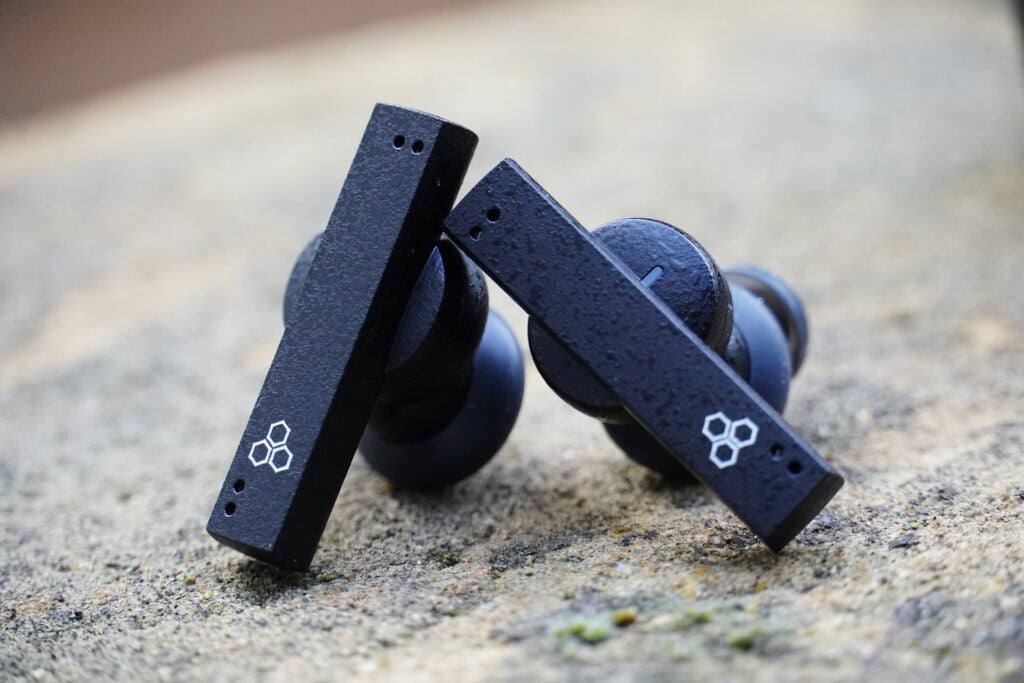
The tone of the Final ZE8000 feels flatter and more neutral when listening to Robert Glasper’s Why We Speak. There’s a great sense of clarity to Esperanza Spalding’s voice, with vocals occupying a big presence in the middle of the soundstage, and similar can be said about Regina Spektor’s version of While My Guitar Gently Weeps or Thom Yorke’s voice in Radiohead’s Everything In Its Right Place.
The Final avoids applying a richness or smoothness to vocal performances as the Sony WF-1000XM4 provides, leveraging a sharper, sparing, more defined midrange performance. The percussive elements in Childish Gambino’s Boogieman have plenty of kick to them, and with Curtis Mayfield’s Move On Up the Final displays no shortage of energy and rhythmic flow in describing the pacy percussion beats as it barrels along with speed.
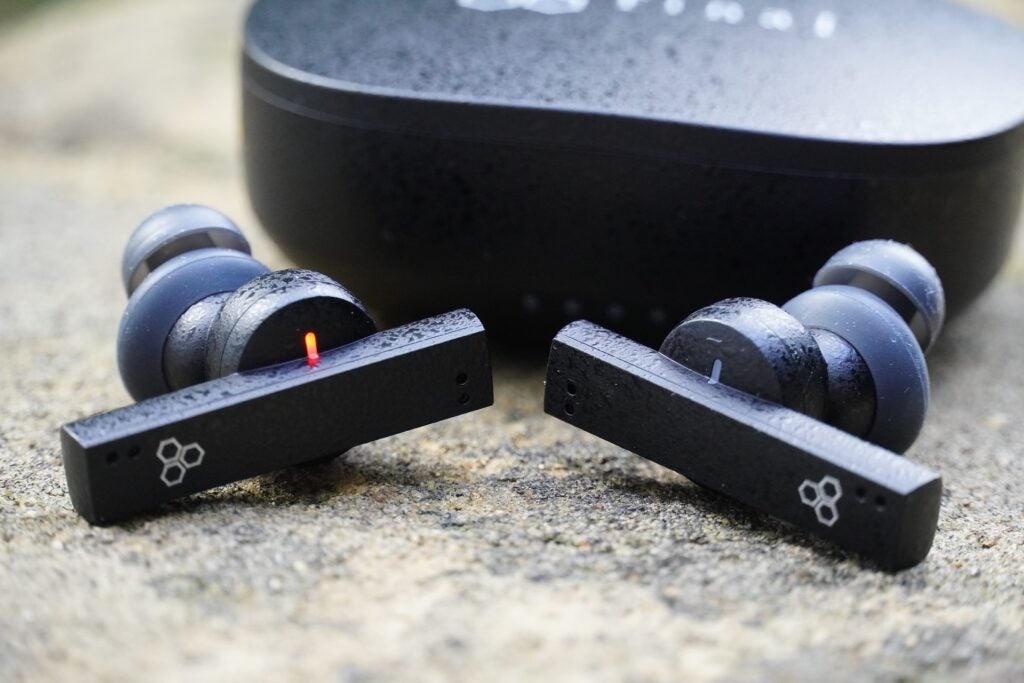
The soundstage provided is also spacious and wide, and playing around the Volume Step Optimizer can provide an even bigger soundstage to enjoy. The amount of fine detail the Final ZE8000 picks out seems greater with it on, its sense of dynamism is well-judged, and the clarity it affords all types of music genres, from classical to electronic or soul, impresses.
I do, however, feel there’s a slight caveat, which is mainly with how the earphones fit. I wonder if the slight sparsity and leanness of the sound I hear is to do with how good the Final ZE8000’s seal is. The Bose, Sennheiser and Sony all comparatively offer a weightier performance, but I’m confident the neutral tone the Final executes is the one it’s after.
Regardless, it’s a very fine listen once a few adjustments have been made, and a true wireless earphone to look at if neutrality and fidelity are at the top of the shopping list.
Latest deals
Should you buy it?
If you tastes are neutral and detailed:
The Final ZE8000 serves up a bracingly clear, sharp and detailed performance with several music genres.
You want to keep the world at bay:
The noise-cancellation is disappointing, as the Final ZE8000 relies on volume control to bridge the gap. That’s not good enough considering the sky-high price.
Final Thoughts
There is an impressive true wireless somewhere in the Final ZE8000’s make-up, but not all the parts add up to a satisfying whole. It reminds me of Philips’ Fidelio T1 in which all the ingredients appear to be there, but the meal is less substantial.
The ZE8000 sounds very impressive, especially if you prefer a neutral approach to music, but the noise-cancelling is an undoubted disappointment for the price and battery life is porous, barely enough to get you through one day of heavy use unless you charge often.
Factor in that it’s not all that comfortable to wear at times, and a seeming recognition with its noise-cancelling modes that the design is compromised by wind noise, plus a rather involved control scheme, and I feel Final has over complicated the pot with the ZE8000. There are some useful and interesting features, especially in the Connect app, but you can get a better overall performance for less money elsewhere.
How we test
We test every set of headphones we review thoroughly over an extended period of time. We use industry standard tests to compare features properly. We’ll always tell you what we find. We never, ever, accept money to review a product.
Find out more about how we test in our ethics policy.
Tested with real world use
Tested across two months
Battery drain test performed
FAQs
The Final ZE8000 earphones are rated to IPX4, so could withstand sweat and some splashes of water. And while the fit is not the tightest, they’re secure enough to not fall out of the ears.
Full specs
Sustainability
Trusted Reviews’ holds the fact that global warming is not a myth as a core value and will continuously endeavour to help protect our planet from harm in its business practices.
As part of this mission, whenever we review a product we send the company a series of questions to help us gauge and make transparent the impact the device has on the environment.
We currently haven’t received answers to the questions on this product, but will update this page the moment we do. You can see a detailed breakdown of the questions we ask and why in our sustainability page.
The post Final ZE8000 appeared first on Trusted Reviews.
https://ift.tt/8EoGUcx

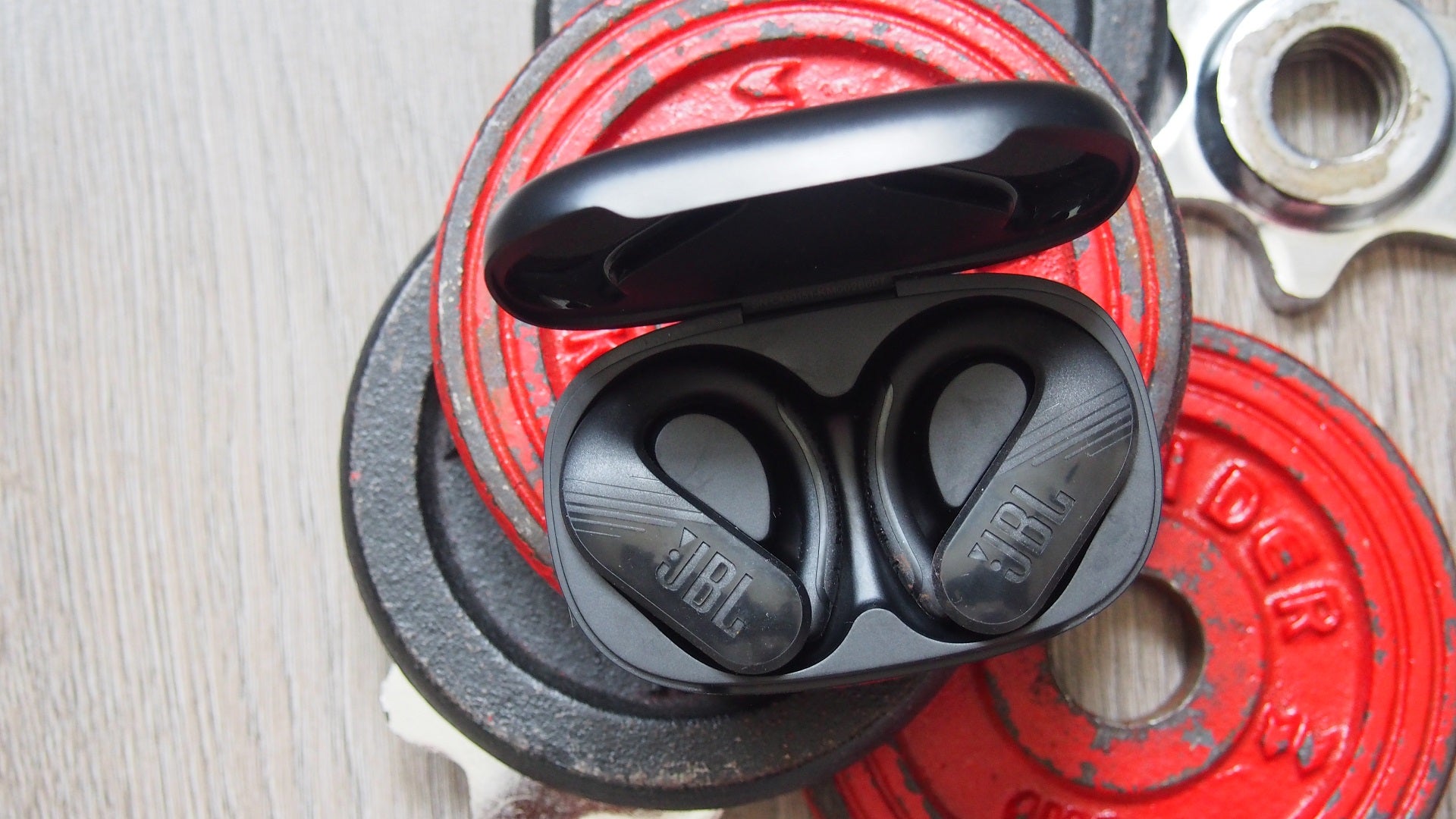


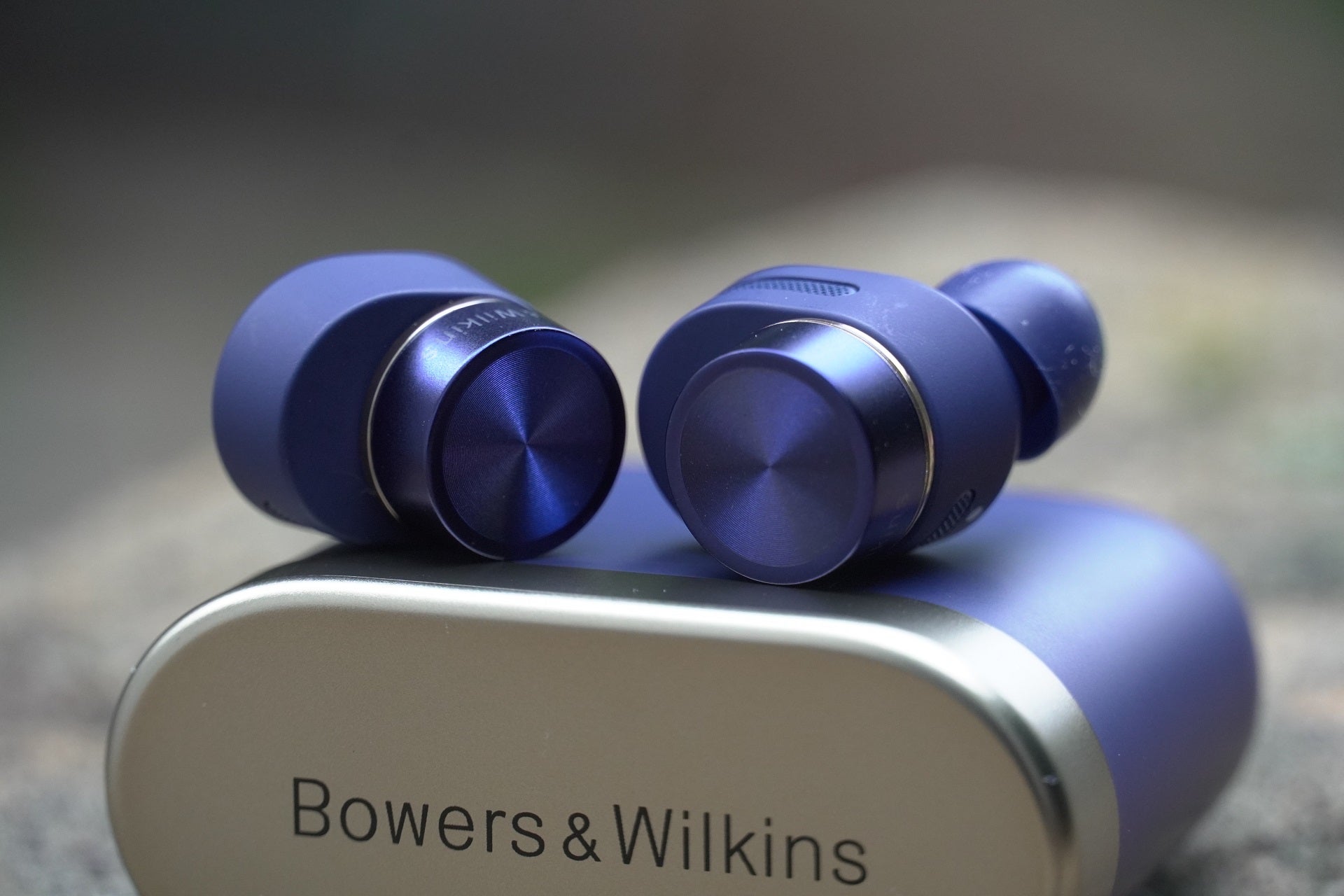
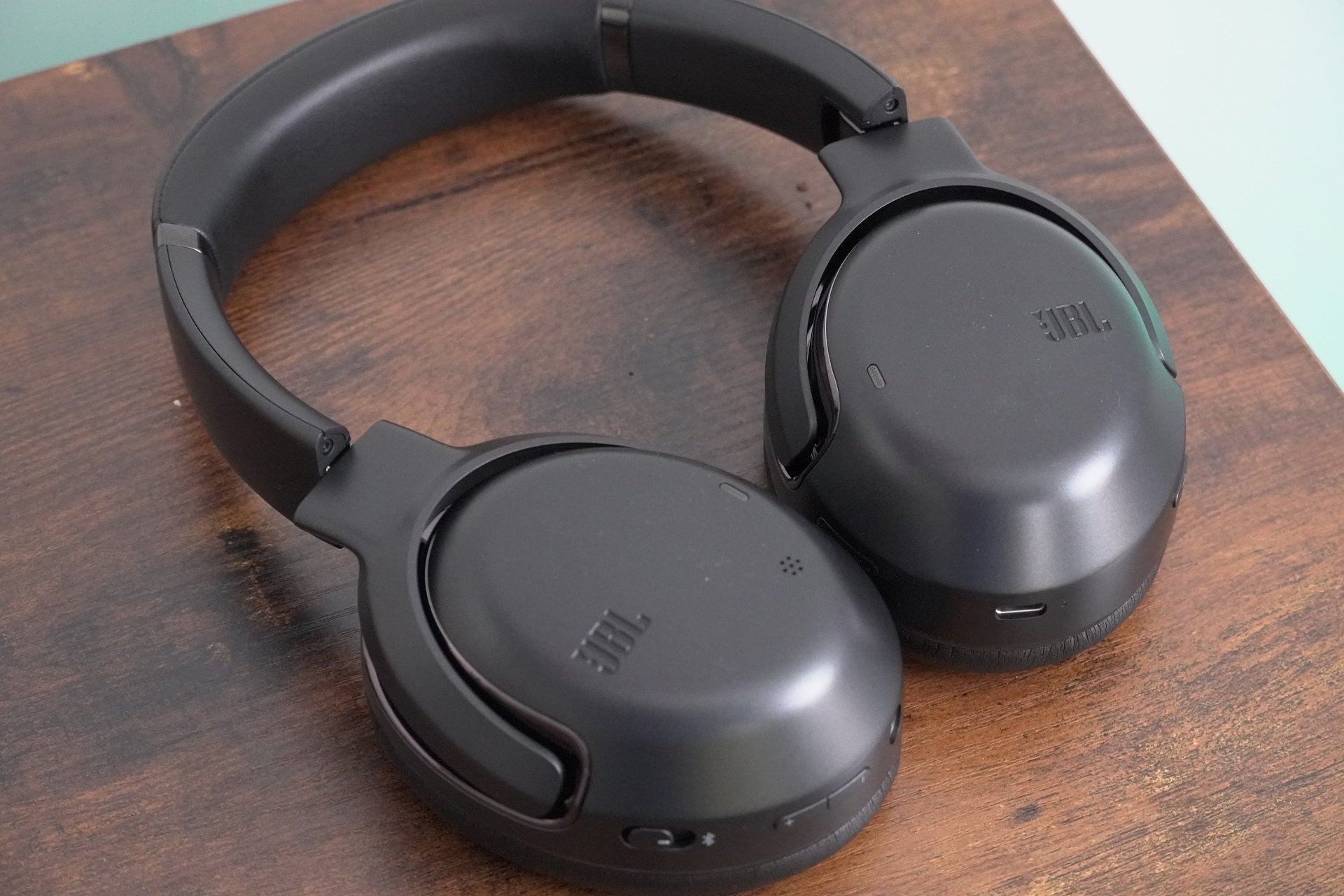
Comments
Post a Comment